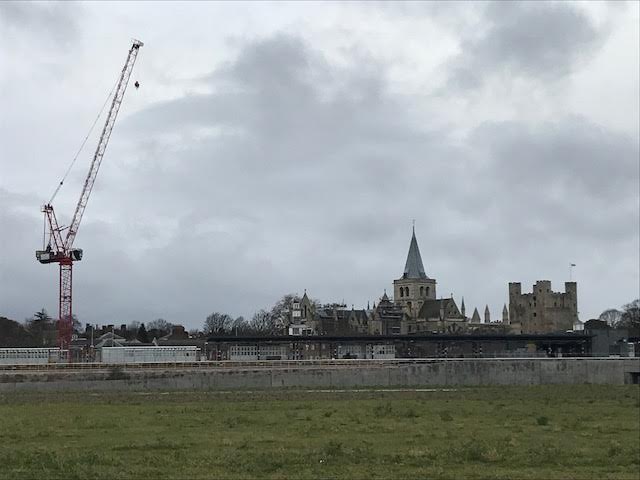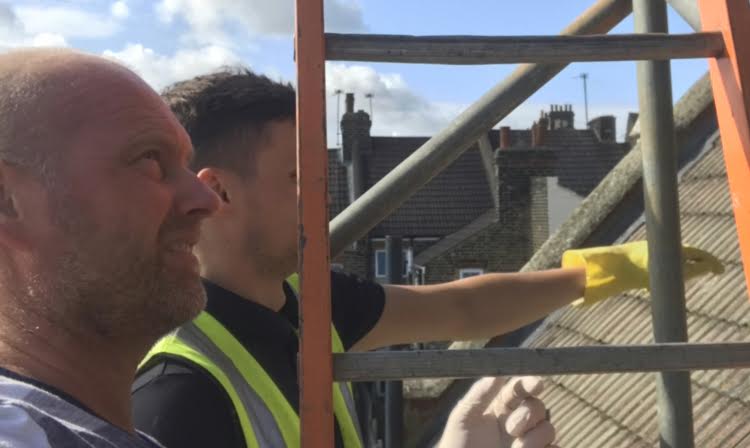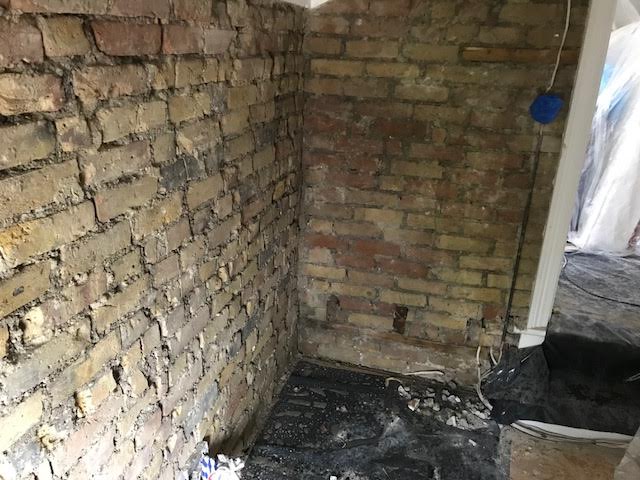Homes (Fitness) Act Allows Tenants to Sue Landlords over Property Condition

From 20th March 2019, tenants in England will have new powers to fight unfit housing — including the ability to sue landlords for not carrying out repair work.
The Bill was originally championed by Karen Buck MP, and was given much attention after the fire at Grenfell Tower.
What does the Homes (Fitness) Act mean for landlords and tenants?
‘Fitness’ just means the standard of the property in the context of it being a person’s primary home.
With this in mind, the Homes (Fitness For Human Habitation) Act (2018) does three main things:
- Revives old protections for tenants regarding fitness of property during the tenancy
- Adds new protections
- Gives tenants new means to compel landlords to perform work (court action)

The first changes are due to come into force for new tenancies on 20th March 2019.
One year later, on 20th March 2020, the new rules will then apply to all normal rental tenancies under 7 years length.

What are the old protections and why are they coming back?
The Landlord and Tenant Act (1985) describes:
- A condition that the house is fit for human habitation at the commencement of the tenancy
- An undertaking that the house will be kept by the landlord fit for human habitation during the tenancy
So what does ‘fit for human habitation mean’ here? The Act demands ‘regard be had’ to:
- repair
- stability
- freedom from damp
- internal arrangement
- natural lighting
- ventilation
- water supply
- drainage and sanitary conveniences
- facilities for preparation and cooking of food and for the disposal of waste water
But these protections were only given to tenancies whose rent was less than £52 (or £80 in London). This of course means that today, these demands apply to no new tenancies priced at market rates.
The new Act applies the listed considerations to tenancies in England, without the old price exemptions.
This means that, after the Act is fully implemented, it will apply to all new tenancies with terms shorter than 7 years.
What are the new protections?
In addition to the above, the new Act also adds the hazards listed in the Housing Act (2004) as factors to be considered when assessing whether a property is fit for human habitation.
There are 29 of these, including mould, safety against intruders and noise. Click “Full List” to expand.
What makes a property fit or unfit?
In assessing whether a property is fit or not, what matters is whether it is ‘reasonably suitable for occupation in that condition’ with regard to the original nine protections and the Housing Act (2004) hazards.
The Housing Health and Safety Rating System breaks the Housing Act (2004) hazards down into categories of seriousness. In the past, higher-categories hazards have warranted more urgent repairs and extreme penalties.
But under the new rules, whether the hazards are what is termed ‘Category 1’ or ‘Category 2’ is not thought to matter. All that matters is whether the property is reasonably fit by reference to all hazards and the original 9 considerations.
The list of hazards could be added to at any point to include new considerations. This is quite likely to happen as the Government continues to reform the private rented sector (PRS).

Who decides what is ‘unfit’? Is the council still involved? Can my tenant take me to court?
Crucially, the new Act means that tenants will be able to take landlords to court if their property is not fit for habitation.
Until now, tenants have had to rely on Local Authorities (councils) to enforce repairs to unfit housing, but councils have not had the resources needed to enforce the standards effectively.
With the new Act, tenants won’t need to rely on Local Authorities. They can solicit expert evidence from, e.g. surveyors – or even provide their own evidence – and use it to argue that landlords have broken the covenant implied in the newly amended Act.
The court will then make a ruling which the landlord and tenant will have to abide by.
Exceptions
There are some familiar looking exceptions to the work landlords can be expected to perform in order to address fitness of dwelling:
- if the problem has been caused by the tenants failing to act in a ‘tenant-like manner’, e.g. deliberate damage to the property.
- ‘Inevitable events’, e.g. damage caused by fire, storm, flood, etc.
- Repairs of items that the tenant can remove, e.g. their own furniture in an unfurnished property.
- Works which would breach the landlord’s other obligations, e.g. planning permission.
- Work that requires third-party consent, e.g. from the freeholder.
When does this apply? What is the schedule?
The commencement date of the Act is 20th March 2019. On this date, the above changes will apply to new tenancies, including newly created statutory periodic tenancies.
Then, a year later on 20th March 2020, it will apply to all existing tenancies.

What should landlords do about the Homes (Fitness) Act?
If your properties are already fit for human habitation, then you don’t necessarily need to take any immediate actions.
The Act only deems homes as unfit if they are “far defective” in one (or more) of the listed areas of consideration, and the new rules will only apply to new tenancies (or new periodic tenancies), meaning you will have plenty of time to assess any existing tenancies before 20th March 2020.
The majority of PRS properties are fit for occupation, and most landlords are diligent and responsive to their tenants’ complaints and repair requests.
Shelter have, however, claimed that the number of properties with serious ‘Category 1’ hazards increased over the last parliament, suggesting that the commencement of this Act is a good opportunity to re-assess the condition of all your properties.
This is sensible because the criteria have now changed, and it is always good landlord practice to survey properties as often as possible.
Remember that tenants will now be able to sue you directly, so maintaining good communication and a good relationship will be more important than ever.

How many tenants will actually use their new powers?
That remains to be seen, but our own view is that the numbers will be very low. This is for several reasons.
Firstly, as we’ve said, most rental property is in a good state and where it isn’t, most landlords are happy to make repairs when they are reported.
Secondly, most tenants will not hear about this new legislation. It is a sad thing, but many tenants do not know about their existing rights. The fact of the matter is that the majority of tenants will not realise they are now able to pursue repairs without relying on underfunded councils.
Finally, many tenants will be very reluctant to begin the odyssey of paperwork, court fees and bad will that comes with suing their landlord. Unlike when complaining to the council, tenants will have no protection from retaliatory evictions, which will put them off suing.

There is also very little guidance for them in terms of what evidence they should submit, and what cases are most likely to succeed. Therefore, we expect cases of tenants suing landlords to be very low for the first few months at least.




